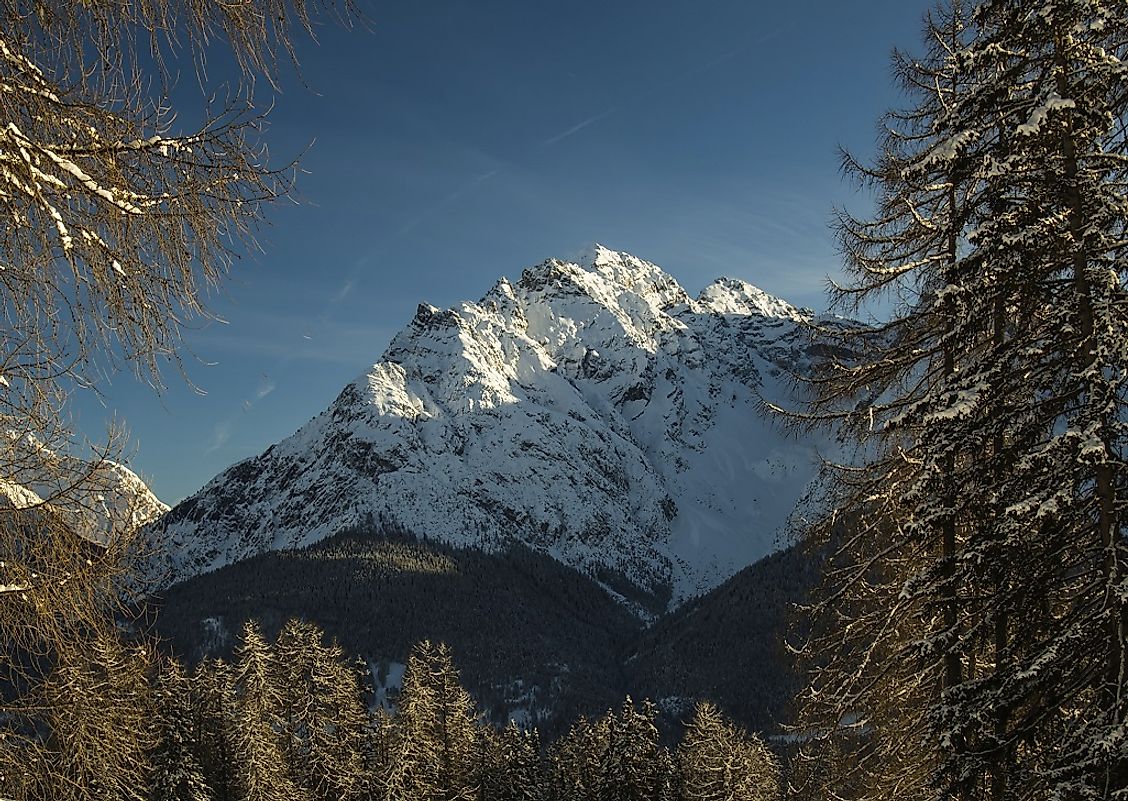Swiss National Park, Switzerland - Unique Places Around the World

5. Description
The Swiss National Park is the only national park in Switzerland, and is located in Engadin Valley near Italy. The park sits on about 170 square kilometers of alpine nature reserves. It has alpine forests, large rock formations, and alpine meadows. 80 kilometers of well-maintained trails are to be found within the park for hikers to enjoy, though no camping is allowed inside the park itself. The best time to visit is from July through September for general mountain hiking. Those trekking the higher Alpines should come from between July and August, while May to October are suitable months for hiking in the lower foothills of the park. In winter, hiking is limited to day hikes and short walks on those trails that are kept free from snow.
4. Tourism
Tourism is an essential part of Switzerland's national park. The country's national past time is hiking and walking, and the Swiss encourage tourists to come join them in their hikes within their beloved national park, as well as hiking between their picturesque Alpine villages, towns, and cities. Visitors are welcome to enjoy the park's trails and attractions, and the average tourist will find it easy to arrive at the national park in Zernez in the Engadin Valley, with Zurich being the jump-off point for most visitors from abroad. From Zurich, visitors can board a train for the 2.5-hour ride to Zernez, then take a postal bus to the park itself. Remember to make hotel reservations ahead of time, as the area's accommodations can stay filled to the brim during peak season, and no camping is allowed in the park.
3. Uniqueness
At all times of the year there are alternative activities to partake in, and a selection of destinations to see, for visitors to the Swiss National Park. Near the entrance of the park is the quaint village of Zernez, which offers tours all year round and, in the wintertime, serves as a venue hosting such sports as cross-country skiing, snowboarding, toboggan sledding, and skating for its visitors. Winter festivals, film fests, bike marathons, and farmers markets are other local attractions to be enjoyed. Tourists can also join village tours to experience a journey back in time into Seventeenth Century Guarda, another quaint village up on the sun terrace, just above Zernez. There's also another mountain valley tour at Mustair close to the Italian border. Before entering the park, one can learn more about it by dropping by its helpful Visitor Center and the staff there in Zernez.
2. Habitat
The park is essentially a large Alpine nature reserve, and as such is home to a wide variety of Alpine flora and fauna. The four seasons allow for a change of the captivating scenery, which also allows for different vantages for capturing its myriad of seasonal beauty. Flora in the park includes conifer trees, larches, mosses, Swiss Androsace, glacier vegetation, meadow wildflowers, and the Edelweiss, Switzerland's national flower, all of which form important parts of the park's ecosystem. Other plants inside the park are gentians, alpenroses, vanilla orchids, bell flowers, and thorny thistles, and such fungi as mushrooms. Among the fauna, the keen-eyed visitor may spot red deer, wolves, chamois, lynxes, ibexes, foxes, marmots, brown bears, grass frogs, bearded vultures, northern viper, elk, golden eagles, and voles.
1. Threats
Trails in the park are sometimes slippery due to local weather conditions, and tourists should take care at all times to avoid falls and sprains. Some wild animals in the park are large enough to pose a threat to people, and keeping a distance from them walking away from them should be considered a rule to follow. For such reasons, as well as to prevent unnecessary environmental disruptions, feeding animals inside the park is not allowed. Human impacts in the park are issues that have affected the park's ecology, and hikers are asked to take out of the park only what they took in. Furthermore, no pet dogs are allowed in the park, and the gathering of plants is prohibited. Visitors should walk only on designated trails, and backcountry camping is not allowed due to the many wild, and potentially dangerous, local animals.











